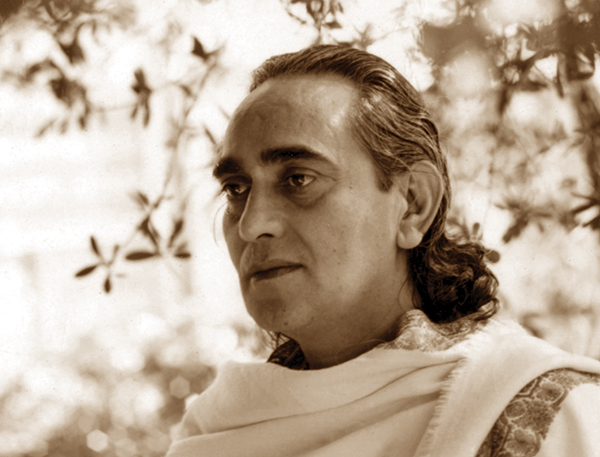At the time of death the soul discards the body, its outer garment. Yama told Nachiketa that after the body is dead and destroyed, the soul continues to exist. There are spiritual realms where the soul remains without the help of the physical body or the phenomena of the material universe. These realms are not cognizable to the sense organs and can be perceived only through spiritual intuition.
Unrealized souls remain in the realm of the departed ones for an uncertain period after death. They have gone through the ordinary process of death because they could not realize the true nature of the real Self on this plane.
Much of the fear associated with death is the fear that death may be painful. The process of death itself is not painful; it merely changes conditions. Lack of preparation and attachment are the cause of the pain experienced at the time of death. Death is never painful for one who is prepared and has acquired knowledge of Atman. Such an individual remains detached from the body and bodily senses, and is unaffected by bodily changes. Death may be painful and lead to a sorrowful state when the soul is very attached to the physical plane, things of the world, or individuals. At the time of death such a soul suffers and goes through agony because it is unable to completely let go of those attachments.
Between life and death there is an intermediate state in which prana ceases functioning. If one is not prepared for this moment, he will suffer mental tortures and will not be able to explain or express anything to others. One who has known the Reality is saved from this calamity.
In the transition of death, before the external vehicle is completely dropped, those who are not enlightened experience various temporary levels or realms, pleasant or painful, respectively, depending on previously performed, positive or negative karmas. For example, in pitriloka we meet our ancestors or dear ones, and in svargaloka we enjoy various pleasures. The Tibetan Book of the Dead and the Garuda Purana of Hinduism explain extensively the stages through which one passes in the process of discarding the body.
There are different heavenly realms, lower and higher, depending on the purity and impurity of one’s mental constituents that remain even after the physical body is dropped. For the ignorant, death is a long and deep sleep, interspersed with dream-like heavenly or hellish visions. Those who claim to communicate with departed souls are either hallucinating or lying. When someone is in deep sleep, it is not possible to communicate with anyone. Only enlightened souls can communicate with others after death because they remain fully conscious all the time.
Those who have performed good deeds, have led righteous and selfless lives, and have obtained some perfection in this life, can enjoy a clear vision of the divine Self in the highest realm. However, the wise say that the highest attainment and realization of the Self can be had only in this very life. Heavenly realms like pitriloka and svargaloka cannot reveal the highest truth. Liberation cannot be attained in these realms and the various pleasures of heaven can hinder the soul from realizing the Atman. Self-realization is possible only here in this life and not after death. Those who believe that they can realize the real Self in the realm of the departed soul after death will be sadly disillusioned. Those who do not realize the immortal nature of the Atman before the dissolution of the body lose the great opportunity which comes through a human birth. The attainment of Brahman is possible only here in this life and not in life hereafter.
According to Vedanta the human being consists of five sheaths or koshas: the gross, physical sheath (annamaya sharira), the sheath of prana (pranamaya sharira), the mental sheath (manomaya sharira), the sheath of intellect (vijnanamaya sharira), and the blissful sheath (anandamaya sharira). They are called sheaths because they cover the Atman as a sheath covers a sword. They are described as being formed of successive layers, one upon another. The physical sheath is the outermost, and the blissful sheath is the innermost. The Atman remains separate and detached from all these five sheaths.
At the time of death the physical body, along with the conscious mind, are separated from the immortal part. There are no sense perceptions after death because the sense organs are left behind with the body. Senses do not function on the subtle level.
Reprinted from Sacred Journey: Living Purposefully and Dying Gracefully, an HIHT publication.

